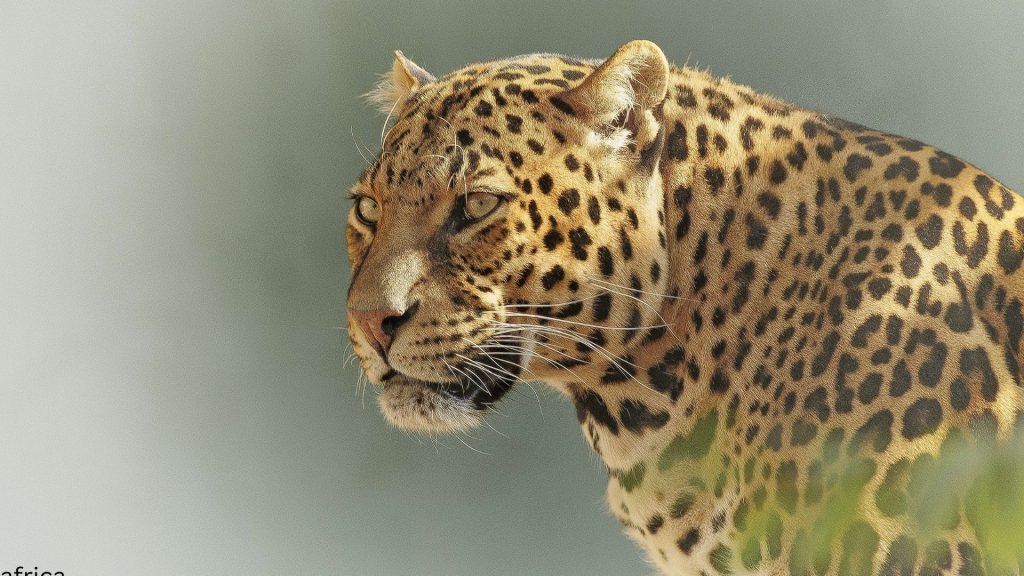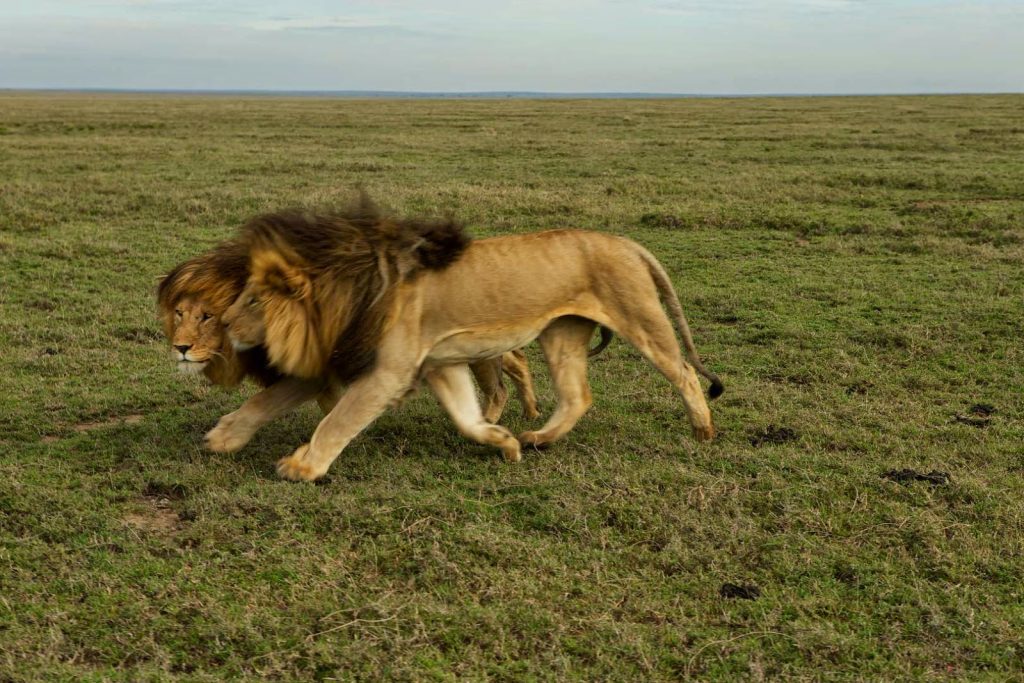Serengeti National Park Plants
Serengeti National Park is probably the top wildlife sanctuary in Africa. It is famous for its wildebeest migration, the Big Five, and incredible predator concentration. Visitors coming to the Serengeti usually explore its rich wildlife and endless plains. The iconic wildlife moves usually capture their attention and might ignore the rich flora species that feed the animals and provide habitats.
The flora of Serengeti National Park is also amazing and worth a glance. The widespread grasslands comprised short grasses like red oat grass and finger grass always make the basic food for millions of herbivores. In this article, we’ll cover about plants in the Serengeti.
Grasses
Serengeti National Park has incredible plains covering a large portion of its land. The Maasai have coexisted with wildlife in the Serengeti. Surprised by the vast plains stretching farther than the eye could see, they named it “siringit” meaning the endless plains. Grasses cover these plains and feed millions of herbivores.
Two dominant species here include red oat grass and finger grass. And during the wet season, the Serengeti plains turn into an emerald green. Herbivores enjoy this fantastic food while avid photographers enjoy a gorgeous backdrop for their photos.
Grasses are life-giving foods. They have enough energy and nutrients, which herbivorous animals like wildebeests, zebras, and gazelles live on. The nutrient content in these grasses changes with the season and rainfall pattern, hence influencing herbivore migrations.
The soil in the Serengeti originated from ancient volcanic eruptions. Therefore, it’s rich in nutrients, and usually, nutrient-rich grasses grow on it. Periodic fires sweeping across the encourage new growth by burning away dead and decaying material. This prevents the build-up of too much thatch, which is a home for pests and diseases.
Trees
The Serengeti is dominated by grasses. But there are plenty of trees. The most common trees include acacia, sausage trees, fig-trees, wild date palms, and much more. Let’s have a look at some common trees in the Serengeti.
- Acacia Trees
Acacia trees are very common in the Serengeti. They have large, flat-topped crowns. Acacias usually are useful to plenty of animal species. Giraffes with their long necks feed on leaves. Lions usually rest under the shade of acacia trees so do leopards. The African elephants also take their meals from this tree. The pods are a great food source for herbivores.
Acacias are a favorite meal for many herbivores. Because of this, they developed ingenious defense mechanisms from herbivores. When giraffes or other animals browse their leaves, they can release chemical signals and inform their neighbors. Then, the neighbor tree starts to produce more tannins which makes the leaves less palatable for herbivores. This amazing adaptation has made acacias excel in harsh environments like the Serengeti National Park.
- Fig Trees
The fig trees are also abundant in the Serengeti. They are quite common near water bodies like rivers and streams. They also grow in arid areas. Various animals feed on fig trees while others, especially small ones find habitat. Their fruits contain a lot of sugar and proteins. Most birds, insects, and mammals like elephants and monkeys feed on their fruit. This has an advantage on their survival since their seeds spread over a large area making them abundant.
- Sausage trees
Sausage trees are common in the drier river banks like around the Seronera, Grumeti, and other rivers. They can also be found in open woodlands and streams. They produce a poisonous succulent fruit. Animals never eat it, so, it drops and rots releasing the seeds. This fruit is 60 cm long and usually mistaken for a leopard’s tail.
- Comephorid Trees
The comephorid (or myrrh tree) is another common tree in the Serengeti, especially in the rocky outcrops of the eastern part. It has a characteristic bark peeling off in thin layers, usually grey to reddish-brown.
The comephorid fruits are edible to birds. It’s also well-known for its fruits and leaves, which have many medicinal uses. These trees can survive in adverse weather conditions. Their thick peeling barks protect them from the extreme heat and dry winds. Large root systems help them receive water from the ground even when during the dry months.
- Wild Date Palms
While in Serengeti, especially around swamps and rivers, you might spot the wild date palm. It’s one of the rare but vital components of the Serengeti ecosystem. Many animals prefer to rest over these beautiful trees.
Their date-like fruits are a very nutritious diet for many animals. They have deep roots that allow them to reach water deeper inside the ground, especially during the dry season. Thick and full-of-fibber trunks of the palm trees protect them from herbivores and fire.
- Whistling thorns
Whistling thorns are common in Serengeti. They thrive in areas where there is abundant water. Their thorns are hollow at their bases. When the wind blows, a whistling sound is produced.
These trees are well adapted to avoid herbivores like elephants. Firstly, their horns are painful when prick herbivores. The hollow sphere of their thorn welcomes biting ants. These insects get food from the tree and in return, they protect the tree from being eaten by herbivores Other notable trees include the yellow fever trees, umbrellas, Commiphora, and many others. Serengeti has a stunning vegetation cover including a range of shrubs, herbs, and wildflowers
Day 2: Serengeti National Park Full-Day
Embark on an extensive Full-day game drive to Serengeti National Park, exploring the park en route and continuing with an afternoon game drive. This full-day adventure promises a deep immersion into the park’s wildlife and natural beauty.
Serengeti National Park is famous and one of the largest national parks in Tanzania, with an area of 14,763 square km. Serengeti is home to abundant wildlife
Indulge in a delightful dinner and enjoy a restful overnight stay at the exclusive Harmony Safari Camp, where you will be treated to full board service, ensuring a comfortable and memorable experience.
Destination
Serengeti National Park
Accommodation
Harmony Safari Camps | Dinner



